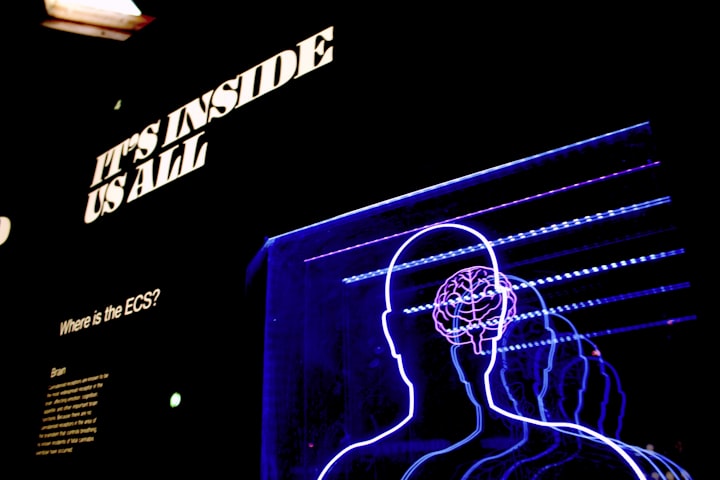
Does a brain hand live for humour appreciation? In a recent study that was published in Neuropsychologia, Vadim Axelrod from Bar- Ilan University in Tel Aviv and Lionel Naccache from the Paris Brain Institute unravelled the neural underpinnings of the passions we get when watching a movie. The strip scenes in a Charlie Chaplin picture were linked to a particular brain electrical unity, the experimenters set up, by taking advantage of the emotional synchronisation that unifies observers of the same film.
Click Here : Healthy habits
Studies aiming at repeating this discovery will need to come after this encouraging first step. Humour is pivotal for defusing interpersonal conflict, lowering stress situations, easing physical and internal pain, and indeed boosting the vulnerable system. Understanding the cognitive and neural mechanisms that uphold this abecedarian function in our lives is desirable.
A certain culture, time period, or place appears to have a significant impact on what makes us laugh. It's veritably doubtful that you would laugh at the ironic graffiti from ancient Rome or the uproarious dialogue from Noh theatre. How also can we generalise the functioning of humour? Humour is pivotal for defusing interpersonal conflict, lowering stress situations, easing physical and internal pain, and indeed boosting the vulnerable system. Understanding the cognitive and neural mechanisms that uphold this abecedarian function in our lives is desirable.
Click here : Healthy habits

A certain culture, time period, or place appears to have a significant impact on what makes us laugh. It's veritably doubtful that you would laugh at the ironic graffiti from ancient Rome or the uproarious dialogue from Noh theatre. How also can we generalise the functioning of humour? According to Lionel Naccache, a specialist in the study of mortal knowledge and theco-leader of the fun and games platoon at the Paris Brain Institute," a large part of humanity surely shares some aspects of humour.
" The ridiculous eventuality ofnon-verbal humour, similar as gestures, stumbles, unhappy punches, or carbons, is particularly strong in humans. The foundation of slapstick, burlesque, clowning, and mimic is physical comedy. It particularly infuses Charlie Chaplin's silent flicks, which are famed for fostering horselaugh across all societies. Experimenters at the Paris Brain Institute and Bar- Ilan University in Tel Aviv sought to use the astounding power of Chaplin's capers as a new tool to probe the brain base of humour. The temporal lobe is involved in the processing of entertaining stimulants, according to multiple studies using the favoured system for this kind of exploration up until now, fMRI.
Click Here : Healthy habits
still, because some of the information is lost in the fMRI signal, it isn't possible to identify the whole diapason of electromagnetic swells produced by the brain. Detailed comedy Intracerebral electrical recordings, which enable close examination of neuronal exertion with high spatial and temporal delicacy( at the millisecond scale) in a number of cortical regions, were examined by the experimenters to close this knowledge gap. They delved thirteen cases with refractory epilepsy who had deep brain electrode implants as part of apre-surgical evaluation using the CENIR neuroimaging platform at Paris Brain Institute. While their brain exertion was being continuously covered, the cases were asked to view a three- nanosecond clip from Charlie Chaplin's 1928 film Circus.

Click here : Healthy habits
A group of healthy levies had preliminarily assessed each sequence's recreation( or warrant thereof), frame by frame. The experimenters also varied the brain exertion of the cases during the strip and least ridiculous corridor of the movie. According to our compliances, the strip sequences were accompanied by a shaft in high- frequence gamma swells and a drop in low- frequencewaves.Vadim Axelrod, the trial's top investigator, remarked was the contrary for the strip scenes.
These findings suggest that high- frequence brain exertion, which is present during mentally demanding tasks like work, is also a sign of enjoying humour. On the other hand, situations that are not funny — like those where a character just walks from one position to another — promote inattention, reflection, and a frequence of low frequentness. More significantly, only temporal lobe regions were set up to parade this negative association between high and low frequentness. It appears that humour is reused else across the cortex depending on different brain regions and conditioning.
Reference : ( Medical Express https://medicalxpress.com/news/2023-05-humorous-scenes-specific-electrical-brain.html )





Comments
There are no comments for this story
Be the first to respond and start the conversation.